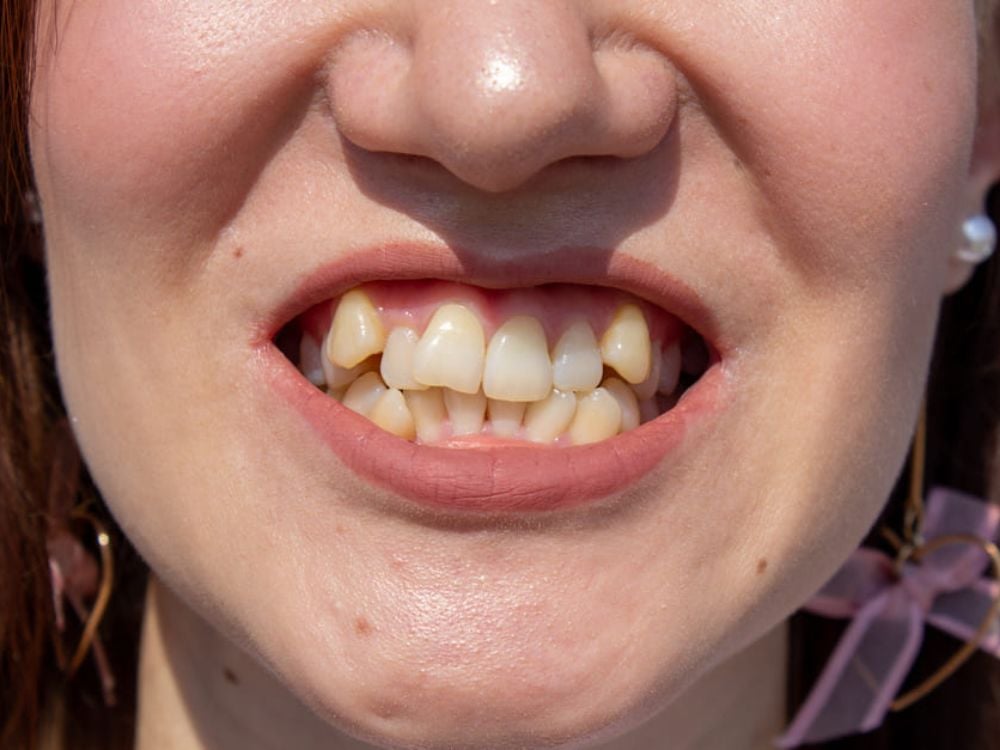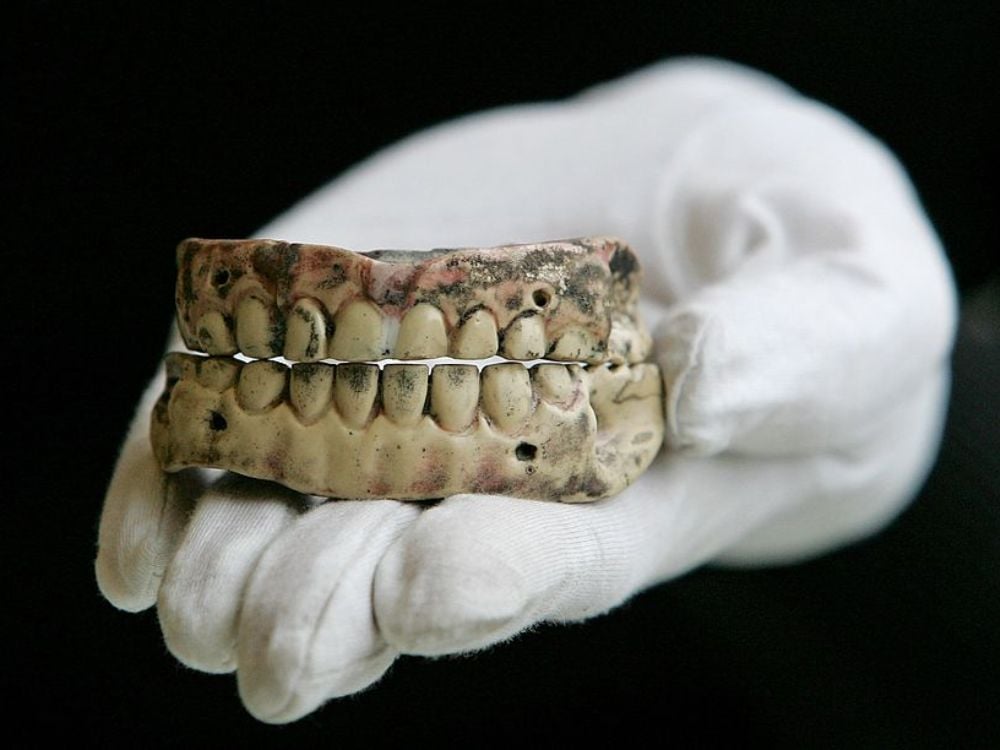History of Dentistry: Why Dentures Were Created from Fallen Soldiers at the Waterloo
Dentistry was still on its baby legs at the start of the 19th century, and most of the services we appreciate today were non-existent. The practices were quite brutal, and in Britain, people’s dental situation was worse than ever, mainly due to the advent of sugar.
Many people came up with interesting ways to combat teeth discoloration to salvage the situation. One method was using acidic concoctions, which did more harm than good.
Acid Is Bad for Your Teeth
The acidic concoctions were a bad idea because they destroyed enamel, and there were no proper dentists to help matters. Thus, it was open season for everyone, as everyone who had the desire practiced dentistry.

Source: Reddit.com
This jungle system led the most interested individuals to rock the dental cap. Believe it or not, even your shoe shiner could be in business if this system went on.
Dentistry Was Not a Strict Profession
The dentists came from all manner of professions, including chemists, blacksmiths, wigmakers, and even jewelers. Their main job was removing rotting teeth, as filling and cleaning cavities was not invented yet.

Source: Leon Neal/Getty Images
Therefore, this process created an opportunity in the industry because most people who had their teeth removed requested replacements. Business in the dentures department was booming, and teeth ended up becoming an interesting fashion statement.
People Loved Their Ivory
Many people opted for the iconic ivory dentures, which was a welcome addition to many people’s mouths. That said, nothing came close to the dental adventures of soldiers at the Battle of Waterloo.

Source: Reddit.com
While most people take the time to mourn their loss and carry out the necessary rites, this merry band of people had other ideas—they were going to use fallen soldiers’ teeth as dentures.
An Expensive Affair
Most dentures were quite expensive, considering they were made from ivory from elephants, walruses, and even hippos. It was such a lucrative business there were specific artisans to do this job.

Source: Bettmann/Getty Images
A neat pair of ivory dentures cost at least $100, but there was a catch—these teeth looked terrific on display but fake in someone’s mouth. Additionally, they decayed faster than natural teeth.
Ivory Was Too Fragile
Ivory teeth were in short supply considering how fast they decayed and how many people needed an initial set. Around this time, poor people started selling their teeth, but that was not enough to handle the demand.

Source: Wikimedia Commons
This is why bold individuals became ardent grave robbers, with teeth as their most-prized find. Sadly, this was a time-consuming endeavor, meaning the return on investments was not worthwhile.
Using Teeth of the Fallen
When the Battle of Waterloo took place, people saw this as an opportunity to capitalize on the ‘free’ teeth lying around. Soldiers and scroungers combed the battlefield with a pair of pliers removing as many teeth as possible from the deceased.

Source: Creative Commons Attribution 4.0/Wikimedia Commons
These teeth didn’t include molars which are tough to dislodge. As for the rest of the dental makeup, it was fair game.
The Art of Human Dentures
Once collected, the teeth would be shipped off to British dentists, who would boil their products for sanitization and attach them to ivory dentures with metal pins. This human teeth business continued for a while, but in the early 19th century, a new player entered the market.

Source: Scott Barbour/Getty Images
Porcelain teeth were created, and shortly after, a famous dental manufacturer named Claudius Ash perfected the design.
Even the Tire Business Has a Stake
In the 1840s, Charles and Nelson Goodyear also hopped in to the business and created vulcanite dentures. Yes, this is that Goodyear, and unsurprisingly, these new dentures were made of Indian rubber.

Source: sv1ambo/Wikimedia Commons
The best thing about Goodyear’s work is that these dentures were in a pink shade, much like human gums. Additionally, they were more comfortable than ivory dentures and any other previous iterations of oral replacements.
It Took a While for Things to Change
Human teeth, aka Waterloo teeth, were not phased out until well into the mid-1800 when dental technology was making some major progress. The American Civil War played a big role in maintaining the business.

Source: Creative Commons Attribution 4.0/Wikimedia Commons
As serious as dentistry is today, Britain only mandated strict qualifications and laws for dentists in the late 19th century—even your barber could whip out a pair of tweezers and tongs and give you a quick fix less than two centuries ago.
